Back to Results
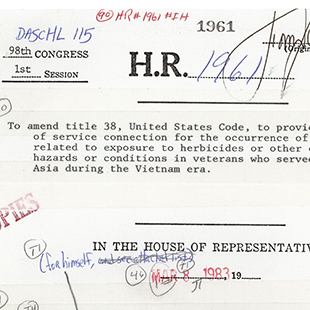 /tiles/non-collection/l/lfp_003imgtile1.xml
Image courtesy of the National Archives and Records Administration
/tiles/non-collection/l/lfp_003imgtile1.xml
Image courtesy of the National Archives and Records Administration
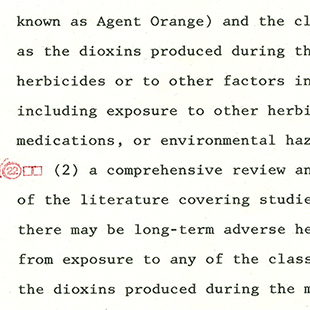 /tiles/non-collection/l/lfp_003imgtile2.xml
Image courtesy of the National Archives and Records Administration
/tiles/non-collection/l/lfp_003imgtile2.xml
Image courtesy of the National Archives and Records Administration
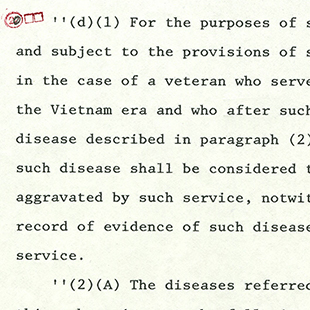 /tiles/non-collection/l/lfp_003imgtile3.xml
Image courtesy of the National Archives and Records Administration
/tiles/non-collection/l/lfp_003imgtile3.xml
Image courtesy of the National Archives and Records Administration
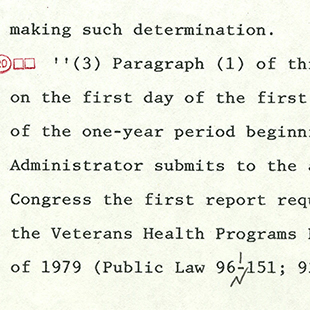 /tiles/non-collection/l/lfp_003imgtile4.xml
Image courtesy of the National Archives and Records Administration
/tiles/non-collection/l/lfp_003imgtile4.xml
Image courtesy of the National Archives and Records Administration
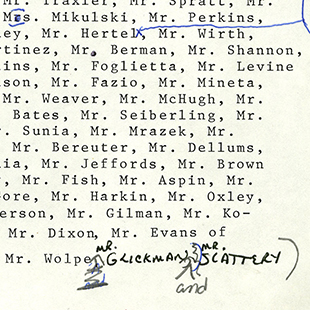 /tiles/non-collection/l/lfp_003imgtile5.xml
Image courtesy of the National Archives and Records Administration
/tiles/non-collection/l/lfp_003imgtile5.xml
Image courtesy of the National Archives and Records Administration
Agent Orange Relief Act
 /tiles/non-collection/l/lfp_003imgtile1.xml
/tiles/non-collection/l/lfp_003imgtile1.xml
 /tiles/non-collection/l/lfp_003imgtile2.xml
/tiles/non-collection/l/lfp_003imgtile2.xml
 /tiles/non-collection/l/lfp_003imgtile3.xml
/tiles/non-collection/l/lfp_003imgtile3.xml
 /tiles/non-collection/l/lfp_003imgtile4.xml
/tiles/non-collection/l/lfp_003imgtile4.xml
 /tiles/non-collection/l/lfp_003imgtile5.xml
/tiles/non-collection/l/lfp_003imgtile5.xml
Description
In the 98th Congress, scientific data were still being gathered regarding the effects of exposure to Agent Orange, an herbicide containing dioxin used as a defoliant during the Vietnam conflict. Nonetheless, Congress felt that the concerns of veterans warranted a timely response. Representative Tom Daschle introduced H.R. 1961, the Vietnam Veterans Agent Orange Relief Act, which was referred to the Committee on Veterans’ Affairs.
The bill established a service-connected entitlement to disability compensation for veterans who served during Vietnam and suffered from specific disorders. Daschle’s version of the bill passed the House on January 30, 1984. The Senate passed a modified version of the bill on May 22, 1984, that directed the Department of Veterans Affairs to create rulemaking guidelines for adjudicating veterans’ claims related to Agent Orange exposure and to determine which diseases would be considered service-connected. The final version became P.L. 98-542, the Veterans’ Dioxin and Radiation Exposure Compensation Standards Act.
This record shows the original bill as it was placed in the hopper, which is one of the first steps in the legislative process that often requires considerable negotiation and compromise.


